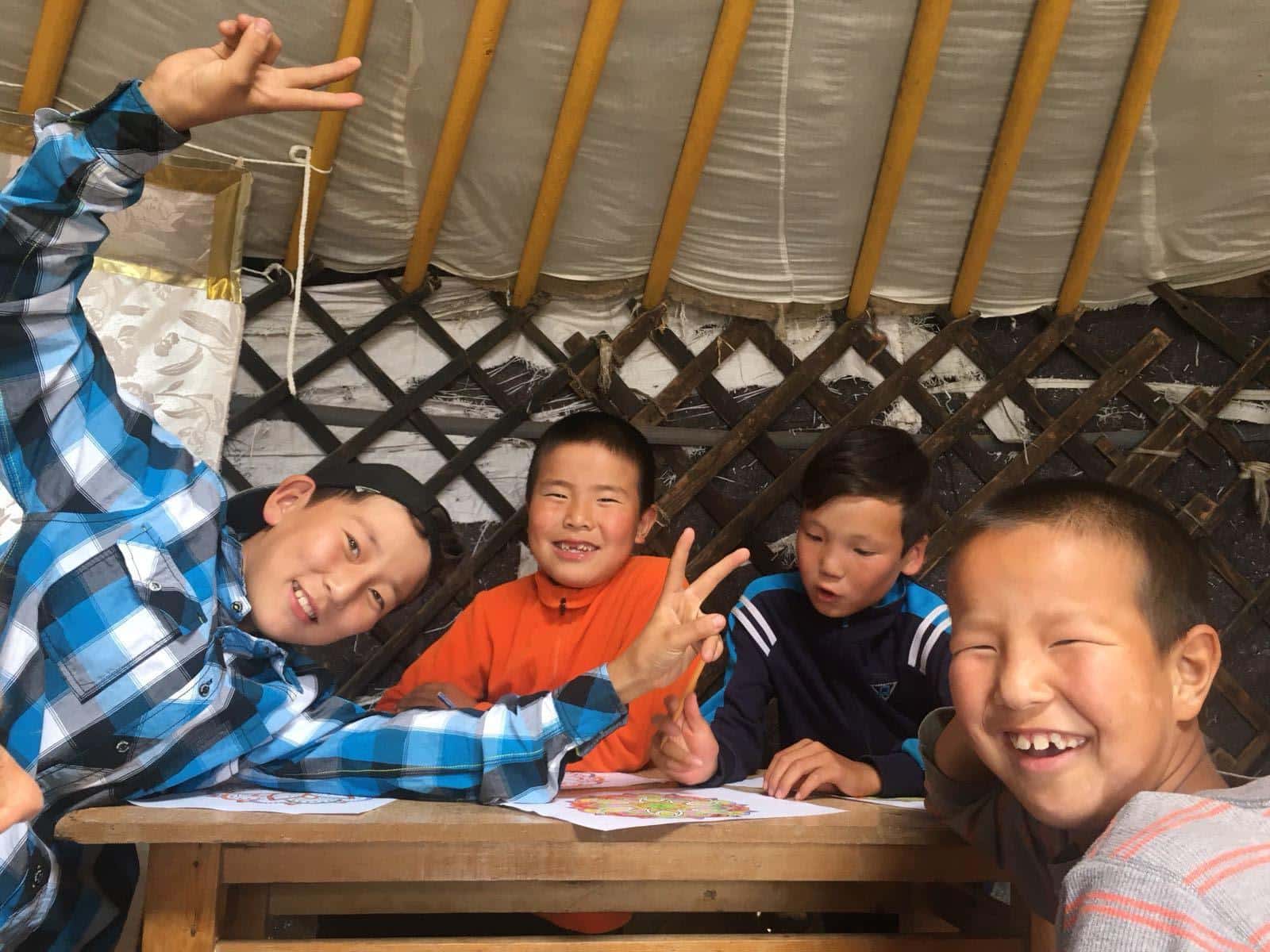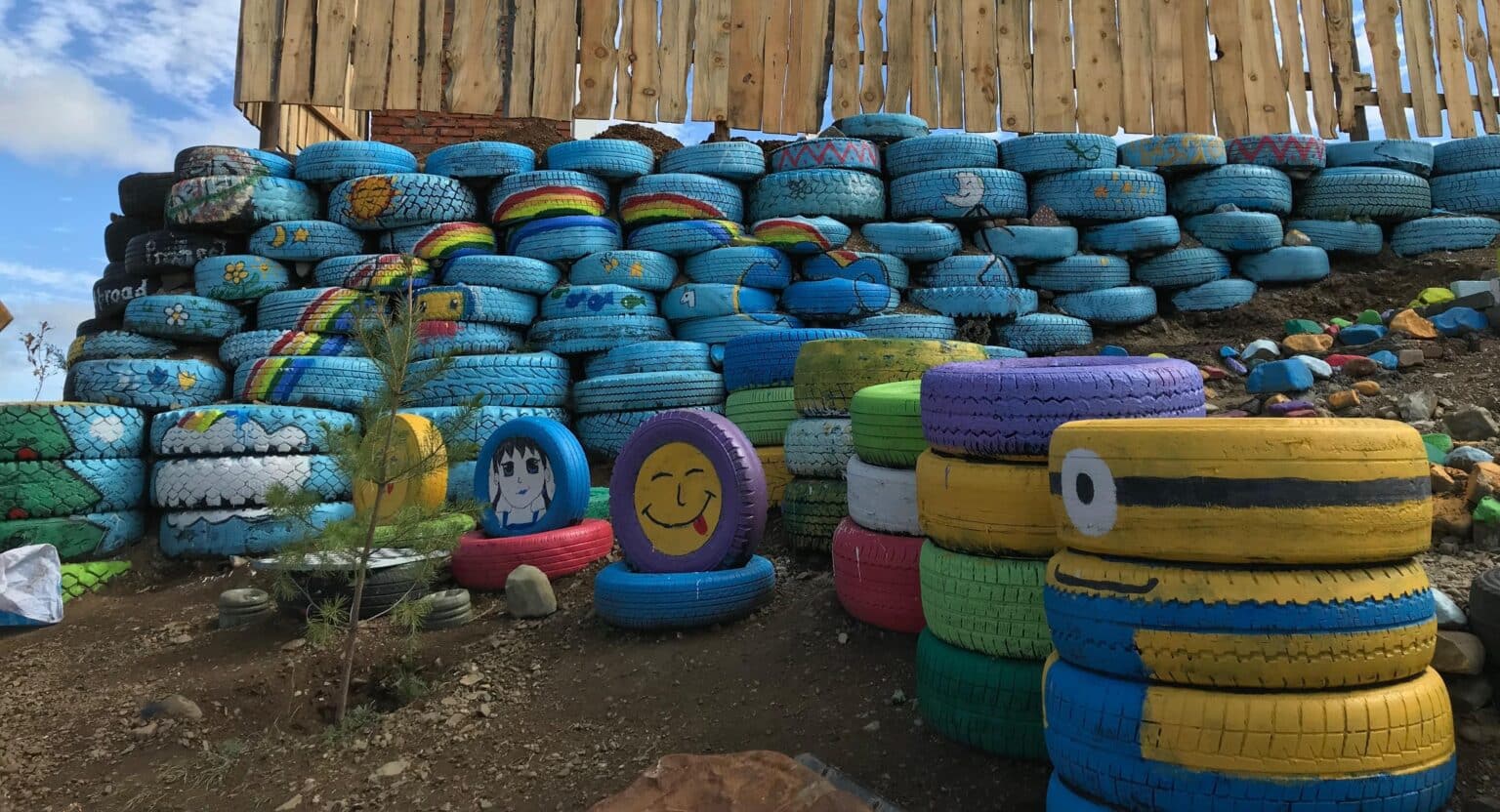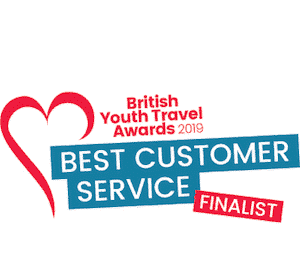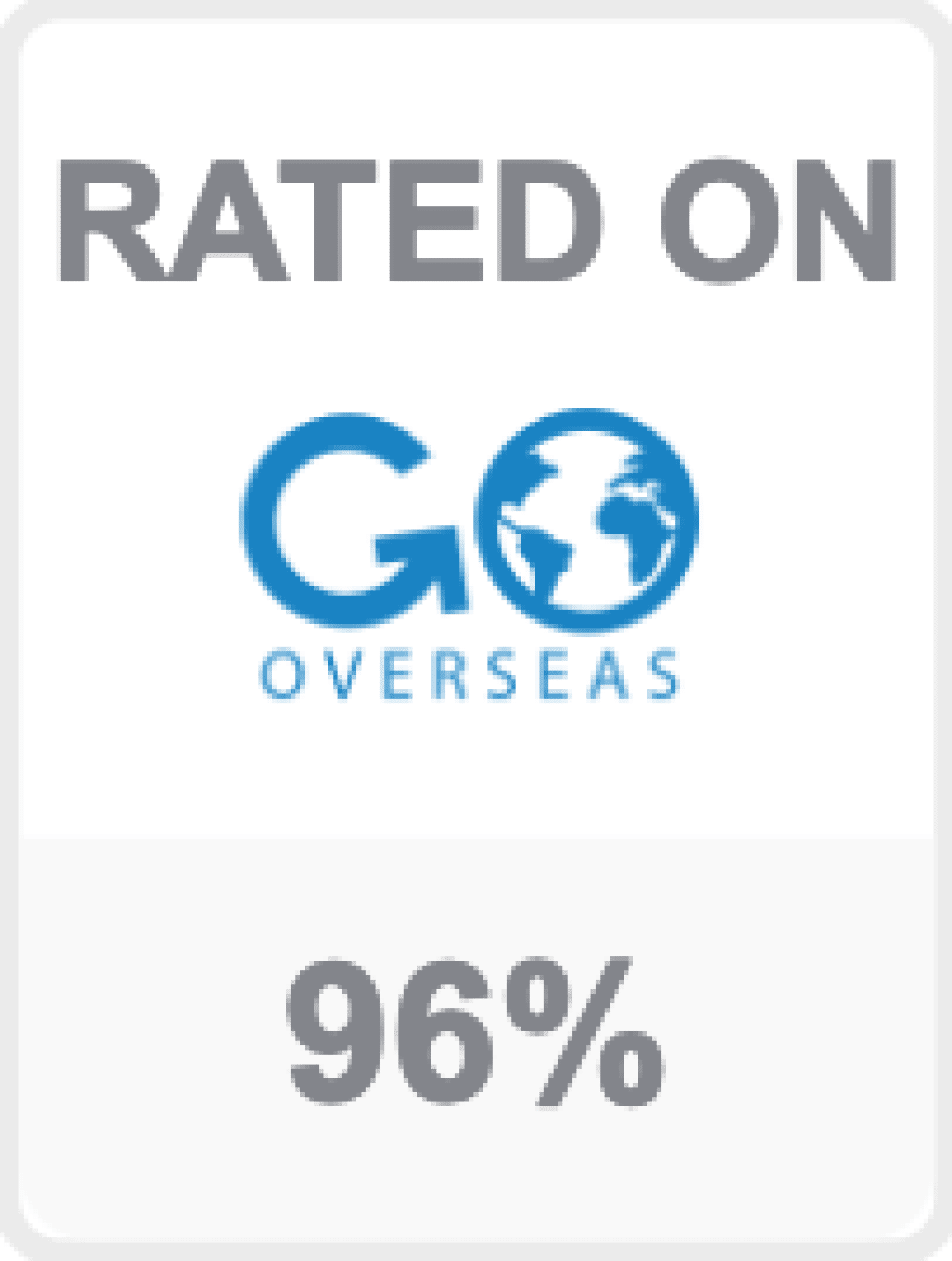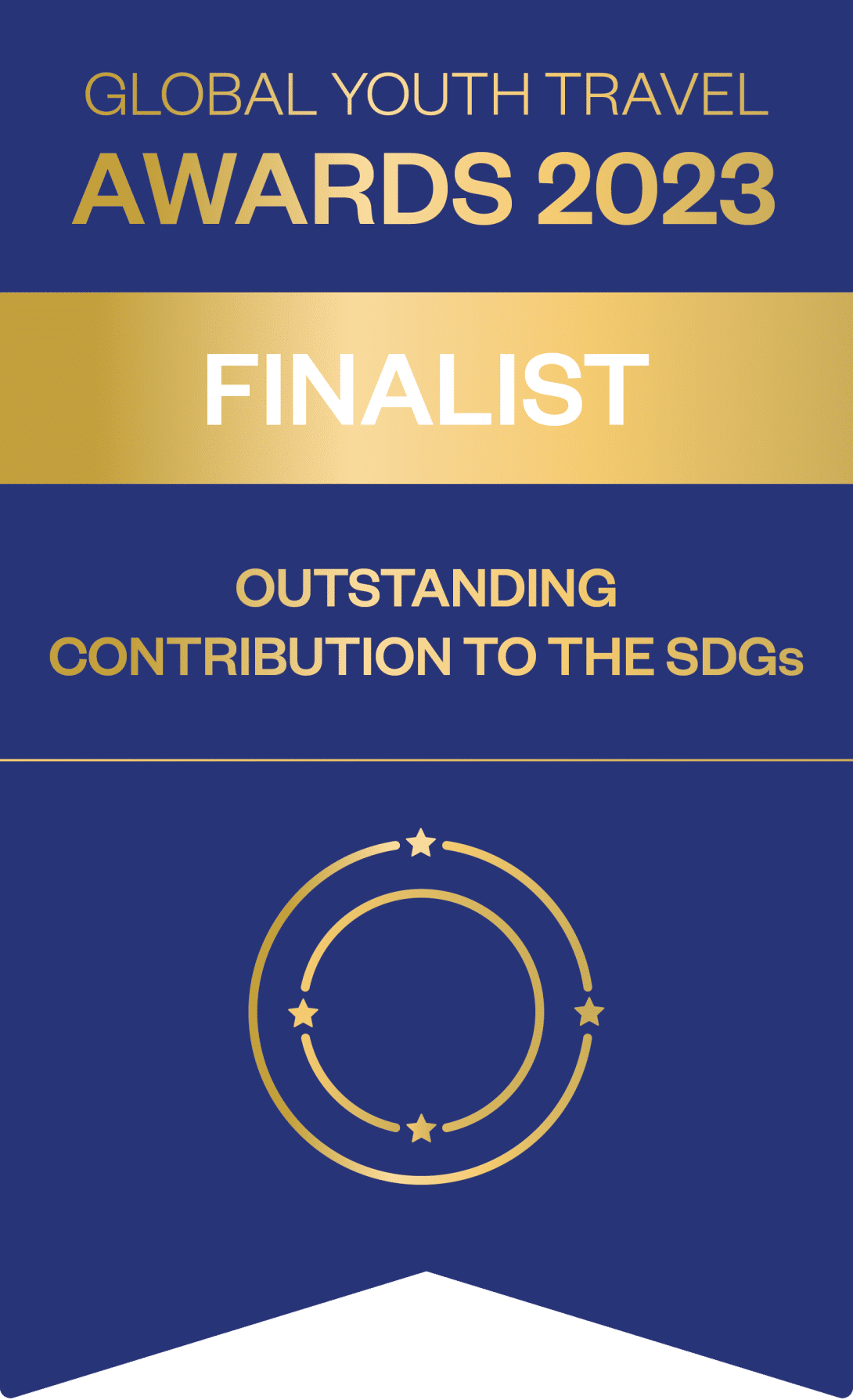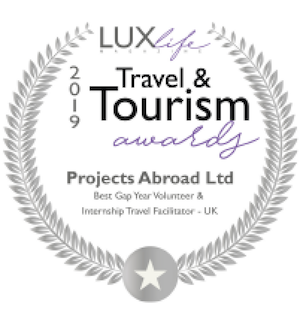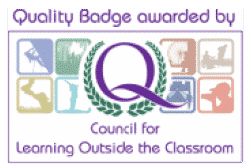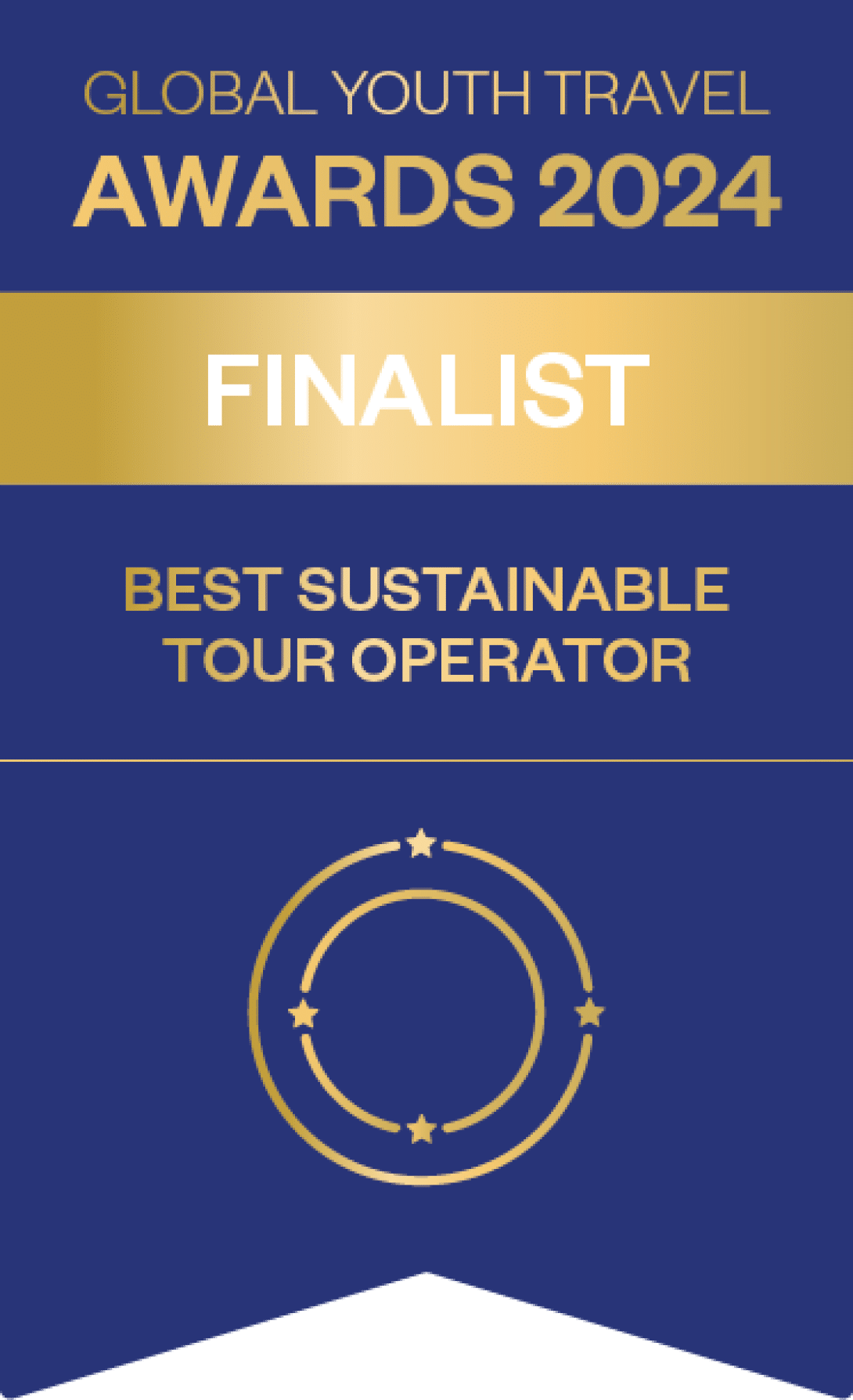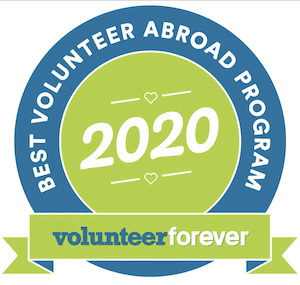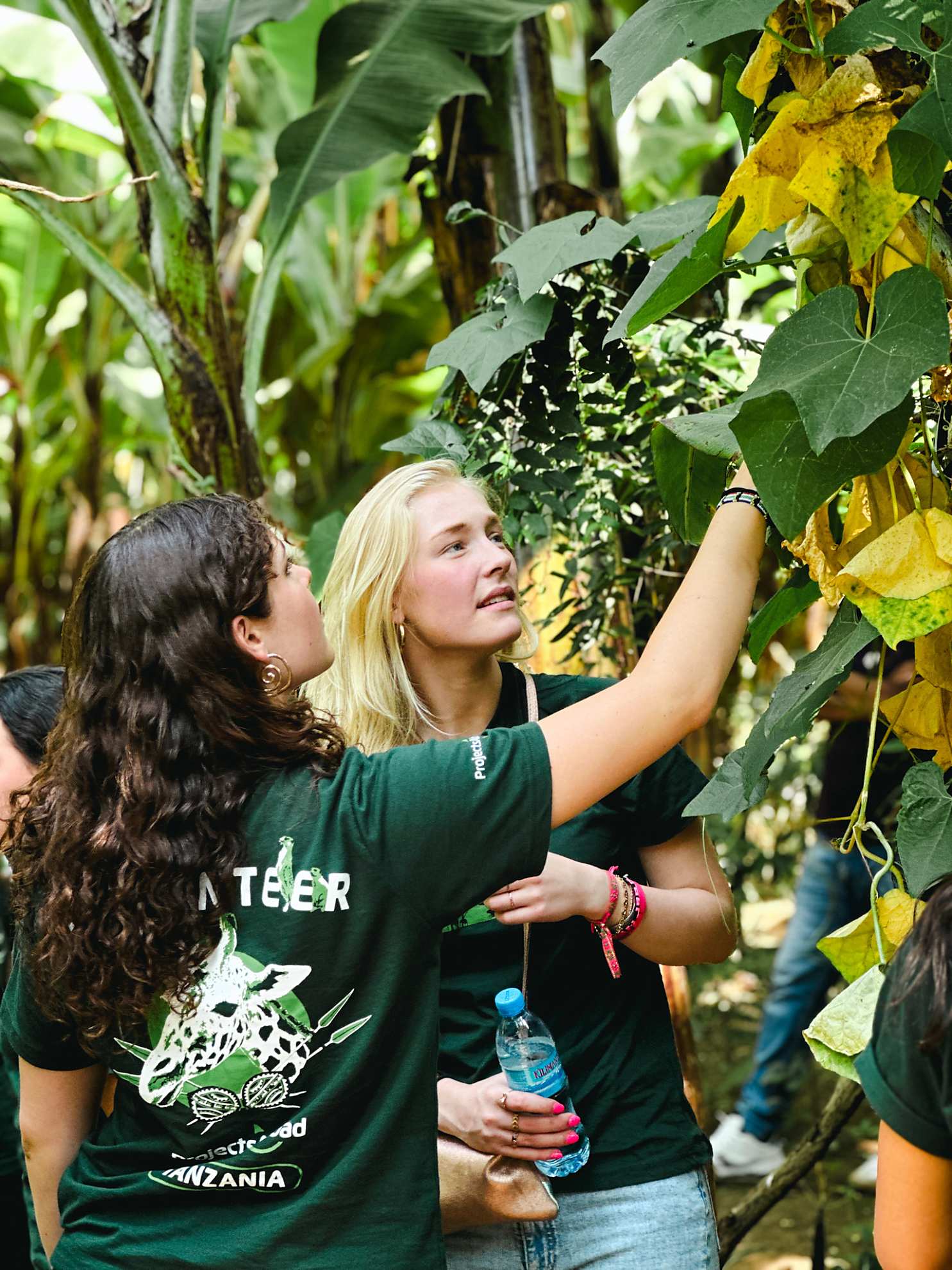My Childcare & Community Work placement
My project was the Childcare & Community Work High School Special. We split our time between teaching English to primary school aged children in the mornings and working to build a garden/play area for the local kids in the afternoons. We were working in the ger district, where the residents live mostly in traditional Mongolian tents, known as gers. In fact, we taught our English classes in one of the gers, and they were fantastic!
The young Mongolian children were a pleasure to teach, despite a bit of cheeky behaviour every now and then. Although in general they were very well behaved and so eager to learn. You may be sceptical about how much can be learnt in just two weeks, but we definitely saw a noticeable improvement in the kids’ English speaking and reading by the time we had to say goodbye.
Our afternoon work also produced satisfying results, as we transformed a brown and dusty hillside into a colourful area where kids can learn and play. I can’t lie though, it was hard work; digging holes in the stony ground to plant trees in, carrying heavy bags of soil and even heavier buckets of water. However, I think it’s the hard work that makes it that bit more rewarding.
At the end of the two weeks, we had a goodbye ceremony. We played games with the kids and the local teenagers who’d helped us with the garden. It was incredible to see everyone playing and smiling together, as when we’d first met them they were a fairly shy group of individuals.
That’s one thing to note about Mongolians: they may be quiet and shy at first, but after two or three days, they will have fully welcomed you into their family. Once they’ve gotten to know you, they are the friendliest people you’ll know, with a sharp wit to match! Oftentimes, us volunteers would become the subjects of their jokes – always well-meant of course, but delivered with the most wicked of grins. Ari was the worst culprit of this, frequently playing pranks on me and my fellow volunteers.
Spending time with the other volunteers
The evenings we spent together in Mongolia were, without taking anything away from the volunteering experience, what made the trip so special. There were only three of us on the Childcare & Community Work Project, however there were another fifteen medical High School Special volunteers staying in our hotel at the same time as us.
Our evenings were spent together as a group of eighteen. This gave us the opportunity to socialise with a large number of people our age, from all over the world. I’ve kept in touch with all of my fellow volunteers on social media and I’m sure I’ve made several lasting friendships. We ate out every evening, occasionally as a small group of just the Childcare & Community Work volunteers, but usually with the medical group and their supervisor, who was staying with us at the hotel. There were enough restaurants within walking distance that we were never short of variety. However, I will warn any vegetarians that you may struggle to find a variety of dishes you can eat in Mongolia.
In the evenings at the hotel, we were given adequate freedom to socialise together, which gave us the chance to express ourselves more honestly as a group of young people and make sincere friendships. Despite this, there was always a Projects Abroad staff member nearby in case of any emergencies, and I never once felt unsafe or like I wasn’t being properly looked after.
Our weekend trip
Over the weekend in the middle of our fortnight trip, we had the opportunity to experience some more of Mongolia. This is when we got to see what Mongolia is famous for. We drove out of Ulaanbaatar along some very bumpy, pothole-filled roads (apparently the main highway across Mongolia, but it didn’t feel like it!) to the Chinggis Khaan statue complex.
This is a huge stainless steel statue of Mongolia’s founding father, Genghis Khan. The statue really encapsulates Mongolia: an enormous and unmistakeable tribute to the national hero, sitting on a horse, with nothing else around except for the unpopulated landscape. I can’t think of a better metaphor to express the sentiment of Mongolia.
If the Chinggis Khaan statue represents Mongolia’s history, then I think the International Intellectual Museum represents Mongolia’s people. We visited this unassuming museum, tucked away down an Ulaanbaatar backstreet, during our weekend explorations. It’s basically a celebration of the life’s work of one man, who happens to be the museum’s curator and a world-renowned puzzle expert. He has created a huge array of traditional wood-block puzzles which can only be solved with a very specific combination of moves, and he is very proud to show them off.
This dedication to a cause, the devotion of this man’s whole life to his puzzles, is what represents Mongolian people. They are faced with a lot of adversity, especially when winter comes around every year – I heard it said that in Mongolia there are four seasons: June, July, August and winter. Living through such cold and long winters requires a certain dogged determination common to all Mongolians, which I believe is represented perfectly by the Intellectual Museum.
My overall experience
The best way to describe my experience with Projects Abroad, and please excuse the cliché, is that it was unforgettable. I met so many lovely people, had so many incredible experiences, and discovered a part of the world I knew nothing about prior to visiting. Mongolia will always have a special place in my memories and I recommend going there to volunteer to everyone. If you go with an open mind and no presumptions, then I promise you, you won’t regret it!
